Toothache is a common yet distressing condition that affects millions of people worldwide. It can range from mild discomfort to severe, debilitating pain. This article explores the causes, symptoms, and effective treatments for toothache, while also delving into preventive measures to maintain optimal dental health.
Chapter 1: Understanding Toothache
1.1 What is a Toothache?
A toothache is pain or discomfort in or around a tooth. It often indicates a problem within the tooth, gums, or jaw, though it can occasionally be referred pain from other parts of the body.
1.2 Types of Toothache
1. Dull, Persistent Pain: Often caused by dental cavities or gum disease.
2. Sharp, Shooting Pain: Linked to tooth sensitivity or nerve damage.
3. Throbbing Pain: Typically associated with abscesses or infections.
4. Pain with Pressure: May result from a cracked tooth or damaged filling.
5. Referred Pain: Originates from sinus issues, ear infections, or jaw problems.
Chapter 2: Common Causes of Toothache
2.1 Dental Problems
2.1.1 Tooth Decay (Cavities)
• Caused by bacterial buildup that erodes the enamel.
• Pain occurs when decay progresses to the dentin or pulp.
2.1.2 Gum Disease (Periodontal Disease)
• Inflammation or infection of the gums, often leading to gum recession and tooth sensitivity.
• Advanced stages can cause abscesses, leading to severe pain.
2.1.3 Cracked or Broken Teeth
• Trauma, grinding, or biting hard objects can crack teeth.
• Exposed nerves in a cracked tooth cause pain, especially when chewing.
2.1.4 Tooth Sensitivity
• Enamel erosion or gum recession exposes the dentin, causing pain with hot, cold, or sweet stimuli.
2.2 Infections
2.2.1 Dental Abscess
• Bacterial infection creates a pocket of pus, leading to intense, throbbing pain.
• Often accompanied by swelling, fever, and a foul taste in the mouth.
2.2.2 Sinus Infection
• Pressure from inflamed sinuses can mimic a toothache, especially in the upper jaw.
2.3 Trauma and Injury
• Accidents, falls, or sports injuries can damage teeth and surrounding tissues, causing pain.
2.4 Bruxism (Teeth Grinding)
• Habitual grinding or clenching wears down teeth, leading to sensitivity and jaw pain.
2.5 Orthodontic Causes
• Tight braces or misaligned teeth can create tension and discomfort in the mouth.
2.6 Systemic Causes
• Conditions such as diabetes, heart disease, or nerve disorders can manifest as dental pain.

Chapter 3: Symptoms Accompanying Toothache
3.1 Common Symptoms
• Persistent or intermittent pain in the teeth or gums.
• Swelling in the mouth or jaw area.
• Sensitivity to hot, cold, or sweet foods.
• Bleeding or tenderness in the gums.
• Foul breath or taste in the mouth.
3.2 Alarming Symptoms
Seek immediate dental care if you experience:
• Severe swelling or difficulty swallowing.
• High fever or chills.
• Pain lasting longer than two days.
• Sudden, sharp pain that worsens over time.
Chapter 4: Diagnosis of Toothache
4.1 Clinical Examination
• Dentists examine the teeth, gums, and jaw for visible signs of decay, infection, or injury.
4.2 Diagnostic Tools
• X-rays: Detect cavities, fractures, or abscesses.
• Percussion Testing: Assess tooth pain with light tapping.
• Thermal Testing: Identify sensitivity to temperature changes.
Chapter 5: Treatment Options for Toothache
5.1 Home Remedies
1. Saltwater Rinse: Reduces inflammation and cleans the affected area.
2. Cold Compress: Numbs pain and reduces swelling.
3. Clove Oil: Contains eugenol, a natural pain reliever.
4. Over-the-Counter Pain Relievers: Ibuprofen or acetaminophen can manage discomfort.
5.2 Professional Dental Treatments
5.2.1 Fillings
• Repair cavities and prevent further decay.
5.2.2 Root Canal Therapy
• Removes infected pulp and seals the tooth to eliminate pain and infection.
5.2.3 Extraction
• Severely damaged or infected teeth may need to be removed.
5.2.4 Periodontal Therapy
• Treats gum disease through scaling, root planing, and sometimes surgery.
5.2.5 Antibiotics
• Prescribed for infections like abscesses to prevent spread.
Chapter 6: Preventive Measures to Avoid Toothache
6.1 Oral Hygiene Practices
• Brush twice daily with fluoride toothpaste.
• Floss regularly to remove plaque between teeth.
• Use an antimicrobial mouthwash to kill bacteria.
6.2 Diet and Lifestyle
• Limit sugary and acidic foods that erode enamel.
• Stay hydrated to promote saliva production.
• Avoid smoking and excessive alcohol consumption.
6.3 Regular Dental Check-Ups
• Visit your dentist at least twice a year for cleanings and exams.
• Early detection of issues like cavities or gum disease prevents severe problems.
6.4 Protect Your Teeth
• Wear a mouthguard during sports to prevent injuries.
• Use a night guard if you grind your teeth while sleeping.
Chapter 7: Special Cases and Complications
7.1 Toothache in Children
• Commonly caused by cavities or teething.
• Teach proper brushing and avoid sugary snacks.
7.2 Wisdom Tooth Pain
• Impacted wisdom teeth can cause swelling, pain, and misalignment.
• Often requires surgical extraction.
7.3 Complications of Untreated Toothache
• Spread of Infection: Can lead to serious conditions like sepsis.
• Tooth Loss: Severe decay or gum disease may result in tooth loss.
• Systemic Health Issues: Chronic infections can affect overall health.
Chapter 8: When to Seek Emergency Care
Toothaches that are severe, persistent, or accompanied by systemic symptoms require prompt attention. Contact your dentist or an emergency clinic if:
• You experience intense, unrelenting pain.
• Swelling affects your ability to breathe or swallow.
• You notice pus discharge or a foul odor.
Conclusion
Toothaches are not just painful; they are often a signal of underlying dental or systemic issues. By understanding the causes, recognizing symptoms, and seeking timely treatment, you can alleviate pain and prevent complications. Remember, consistent oral hygiene and regular dental visits are the cornerstone of a pain-free, healthy smile.
Invest in your dental health today to avoid the discomfort of toothaches tomorrow!


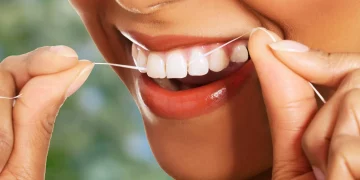



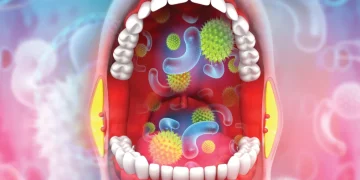
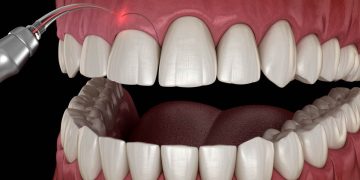
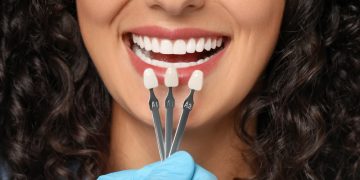


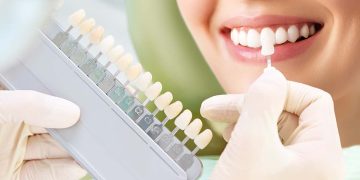
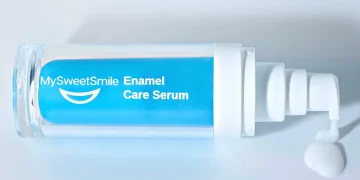












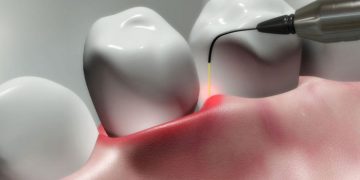


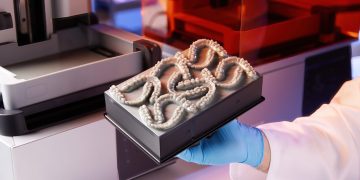

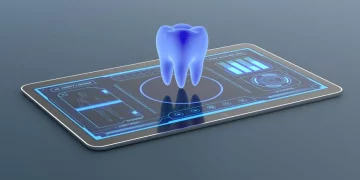
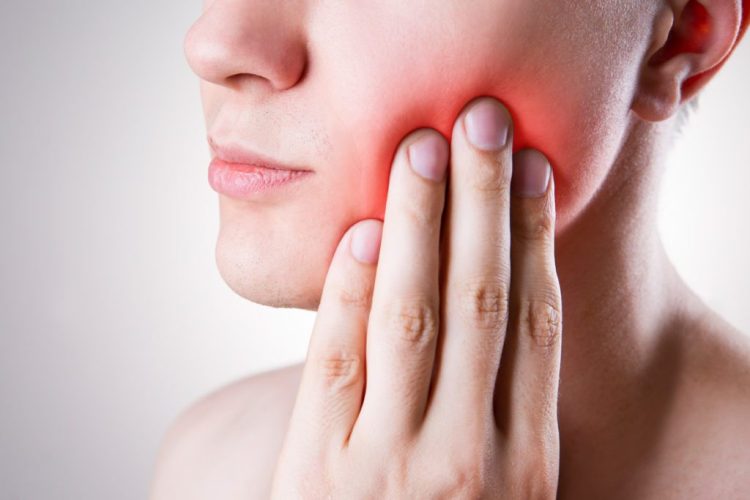













Discussion about this post